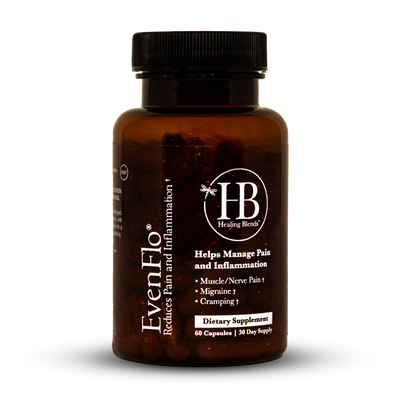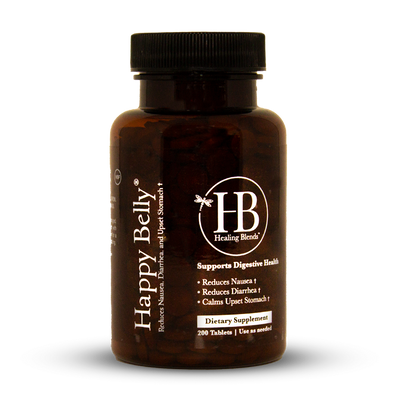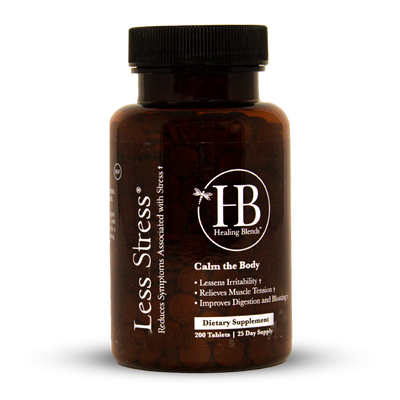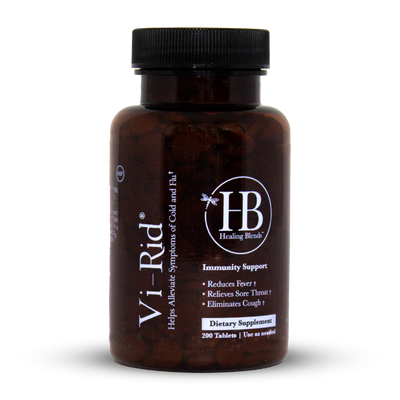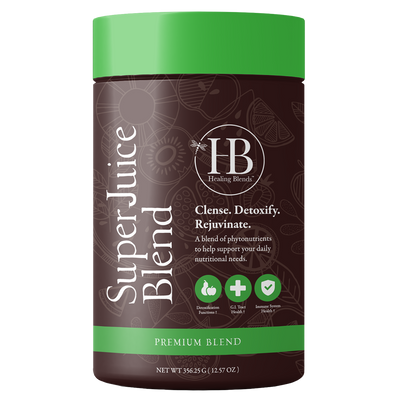Thiocyanate Found Effective in Preventing Sickling
What is Thiocyanate and How Do We Obtain It?
“An organism supplied with a diet adequate to, or preferably in excess of, all mineral requirements may so utilize these elements as to produce immunity from infection quite beyond anything we are able to produce artificially by our present method of immunization…” – Senate Document #264
“Minerals are essential, and make up two-thirds of all the nutrients we need. Unfortunately, it’s no longer possible to get enough from the foods we eat…” – American Journal of Clinical Nutrition
Thiocyanate is a salt analogous in composition to cyanate, but containing sulfur instead of oxygen; called also sulfocyanate. This is a cultural ethnic food approach to preventing the symptoms associated with Sickle Cell Disease. A diet rich in nutritional thiocyanate has shown to be effective in preventing the sickling of the red blood cells in people with Sickle Cell Disease. It is not a cure but assists with controlling the problems and symptoms associated with the disease.
The painful crisis of Sickle Cell Anemia is infrequent and not as severe in people whose diet is rich in thiocyanate. Dietary thiocyanate is not only an anti-sickling agent, it has antibiotic activity as well.
Sources of thiocyanate are: millet, buckwheat, lima beans, greens, cabbage, carrots, cashew nuts, cauliflower, strawberries, lentils, broccoli, chickpeas, plantain (a type of banana), sorghum, African yam, and cassava.
















